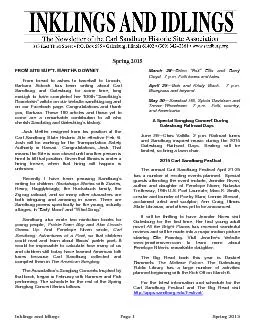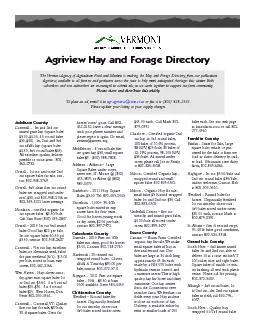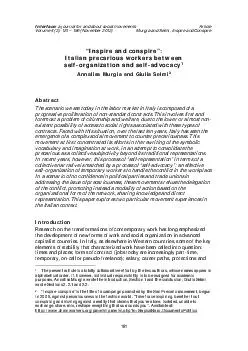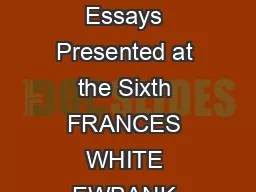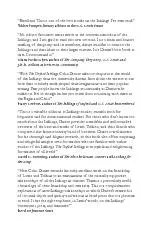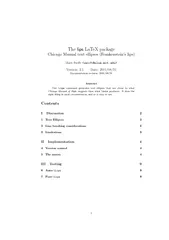PDF-Inklings and Idlings
Author : luanne-stotts | Published Date : 2016-06-15
Page 1 Spring 2015 Spring 2015 FROM SITE SUPx2019T MARTHA DOWNEY From bread to ashes to baseball to Lincoln Barbara Schock has been writing about Carl Sandburg and
Presentation Embed Code
Download Presentation
Download Presentation The PPT/PDF document "Inklings and Idlings" is the property of its rightful owner. Permission is granted to download and print the materials on this website for personal, non-commercial use only, and to display it on your personal computer provided you do not modify the materials and that you retain all copyright notices contained in the materials. By downloading content from our website, you accept the terms of this agreement.
Inklings and Idlings: Transcript
Download Rules Of Document
"Inklings and Idlings"The content belongs to its owner. You may download and print it for personal use, without modification, and keep all copyright notices. By downloading, you agree to these terms.
Related Documents

